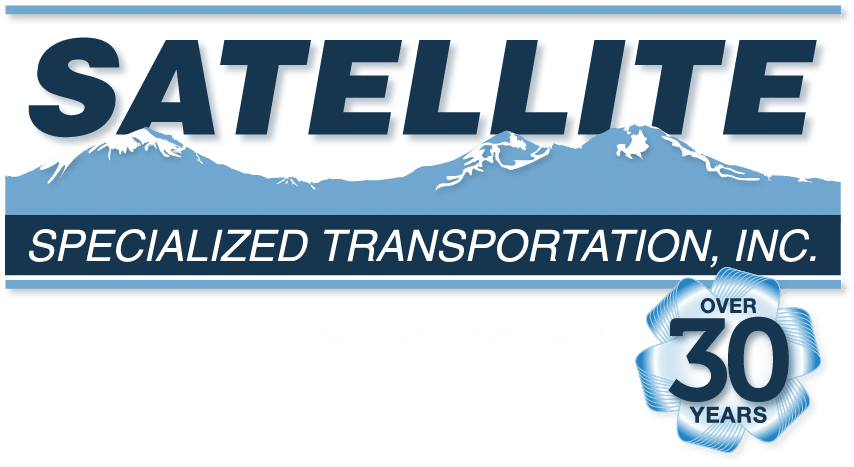Removable Gooseneck Shipping
Unconventional shipments come with unconventional freight equipment. You may or may not have encountered trailers equipped with removable goosenecks. They are commonly found on any type of drop-down trailer like lowboys, as well as single or double drop downs. Not all of these trailers will feature removable goosenecks, but will feature some other method of loading a shipment. Removable goosenecks are, however, the most commonly available feature.
The gooseneck is the analogical term within the trucking industry to describe the part of a drop down trailer that connects to a tractor. It does, in fact, sort of resemble a gooseneck. Since drop down trailers cannot be loaded from a dock, it’s very helpful to have one that features the type of gooseneck that can be removed. With the gooseneck out of the way, a shipment can be loaded or unloaded by driving right up onto to the cargo area of the trailer from the front.
Typically the gooseneck mechanism is left attached to the tractor and driven away while the trailer is loaded. If you’re loading a piece of construction machinery that moves under its own power, you can drive it right onto the surface of the trailer. Otherwise it will have to be pushed or towed. Some forklifts might also be able to load larger items as if the front of the trailer were connected to a loading dock. This process is usually easier and faster than assembling and using a ramp. After the loading is complete, the gooseneck, which is still attached to the trailer, is backed up to the trailer and reconnected. If you’re working with equipment that requires this type of shipping, this should be relatively simple for you to accomplish.
Since goosenecks are only found on drop down trailers, you should only encounter then when you’re shipping a very tall load. You may have to work with a removable gooseneck if you plan to ship:
– large construction vehicles, such as certain types of cranes,
– oversized, namely very tall shipping containers,
– or prefabricated components of building assembly.
You should also be aware of the variation of the gooseneck which folds down and to form a makeshift ramp at the front of the trailer. These are simply known as folding goosenecks, and they are become more and more popular. The only drawback of the folding goosenecks is the weight limit of the “ramp.” A folding gooseneck usually features some type of mechanism that assists an operator in its lowering or rising. You can normally expect a simple mechanical hinge, but there are hydraulic power-assist models on the market. Always check the weight capacity of the ramp before driving over it; they are not always designed to support the full 45,000 pounds that you could potentially put on the trailer. If you need to move 45,000 pounds across the top of a ramp that can’t support the weight, you may be forced to find a different alternative for your manner of loading the shipment, or perhaps a different trailer all together.

